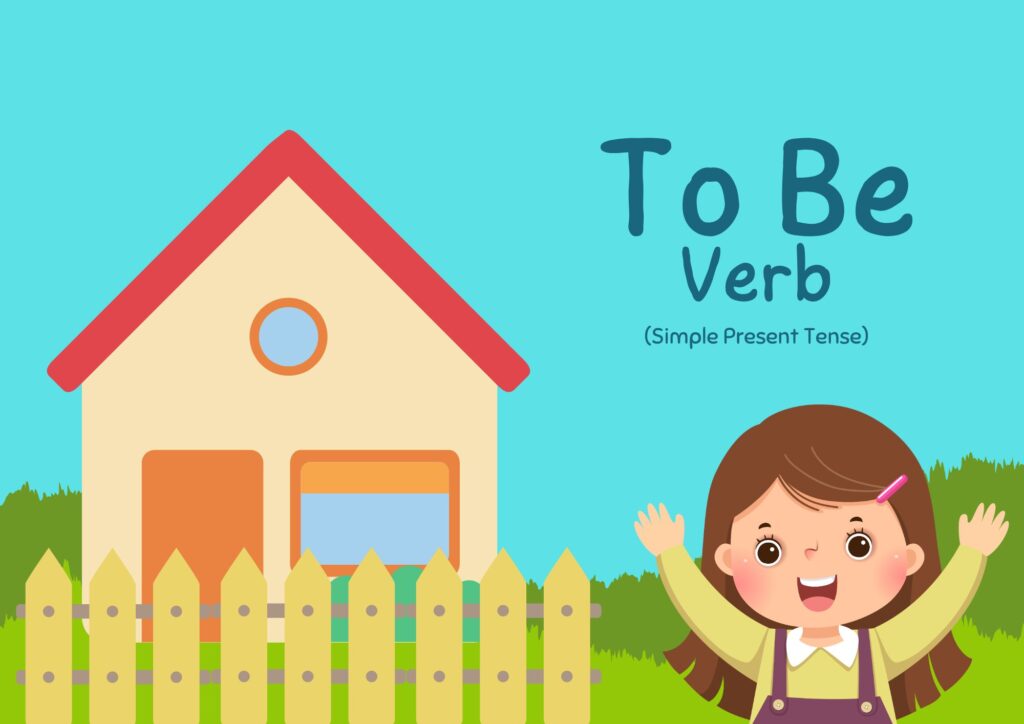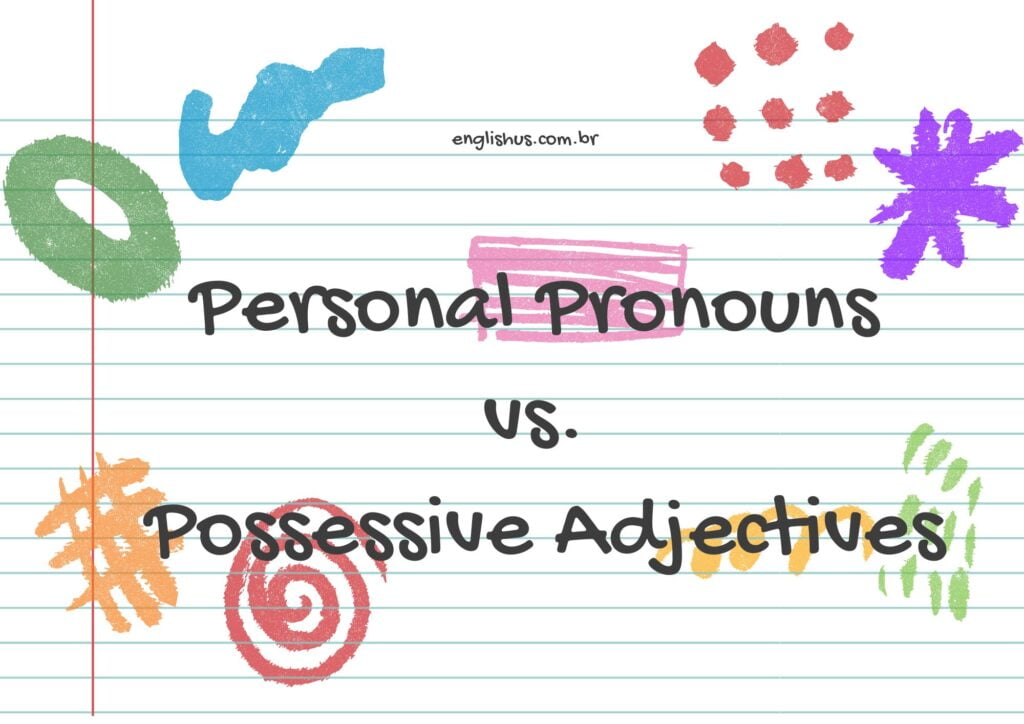Hello, dear students of EnglishUs! Today, we’re diving into a fundamental aspect of the English language: the articles “a” and “an”, essential guide to articles in English. These two little words might seem insignificant, however they play a crucial role in helping us speak and write English correctly. That is to say, let’s break it down and make it as simple and fun as possible!
1- What Are Articles?
In English, articles are words that define a noun as specific or unspecific. There are two types of articles: definite (the) and indefinite (a/an). Today, we’re focusing on the indefinite articles “a” and “an.”
2- The Basics of “A” and “An”
“A” and “an” are used before singular, countable nouns. In other words, we use them when talking about one item or person that can be counted. For example:
- “I saw a dog in the park.” (one dog, not specified which one)
- “She has an apple in her bag.” (one apple, not specified which one)
The main difference between “a” and “an” lies in the sound that follows them. Here’s how to know which one to use:
Use “A” Before a Consonant Sound
“A” is used before words that begin with a consonant sound. Consonant sounds are produced with a closure or partial closure in the vocal tract, like “b,” “c,” “d,” and “f.” For instance:
- “a cat”
- “a book”
- “a university” (the “u” sounds like “you,” which is a consonant sound)
- “a European country” (the “eu” sounds like “you”)
Use “An” Before a Vowel Sound
“An” is used before words that begin with a vowel sound. Vowel sounds are produced without any significant closure in the vocal tract, like “a,” “e,” “i,” “o,” and “u.” For example:
- “an apple”
- “an elephant”
- “an idea”
- “an hour” (the “h” is silent, so it starts with a vowel sound)
3- Common Mistakes and How to Avoid Them
Mistake 1: Not Considering the Sound
One common mistake is to look at the first letter of a word rather than its sound. Remember, it’s the sound that matters, not the letter. For instance:
- Correct: “a university” (the sound is “you,” a consonant sound)
- Incorrect: “an university”
Mistake 2: Overgeneralizing Rules
Another mistake is overgeneralizing rules. For example, not all words starting with “h” use “a.” If the “h” is silent, use “an.”
- Correct: “an hour” (the “h” is silent)
- Incorrect: “a hour”
4- Practical Examples
In addition, to help you get a better grasp of “a” and “an,” let’s go through some practical examples and practice together.
a) Example: Everyday Objects
- I have a pen. (one pen, any pen)
- She bought an umbrella. (one umbrella, any umbrella)
- Can anybody lend me a pencil, please?
b) Example: Describing People
- He is a doctor. (one doctor, not specified which one)
- She is an engineer. (one engineer, not specified which one)
- He is a teacher, he works at school. (one teacher, not specified which one)
c) Example: Talking About Places
- They live in a city. (one city, not specified which one)
- We visited an island. (one island, not specified which one)
- We went to a beautiful beach last vacation. (one beache, not specified which one)
In conclusion, from “A” and “AN”: Essential Guide to Articles in English, practice is the key. Understanding and using “a” and “an” correctly is a vital part of mastering English. By focusing on the sounds that follow these articles and practicing regularly, you’ll find yourself using them naturally and accurately in no time.
Remember, making mistakes is a part of learning. In other words, don’t be afraid to get it wrong sometimes; it’s all part of the process. Above all, keep practicing, and soon enough, you’ll have a strong grasp of when to use “a” and when to use “an.”
Happy learning, and stay tuned to EnglishUs for more tips and guides to help you on your English journey!

